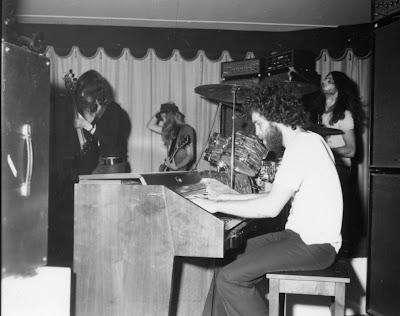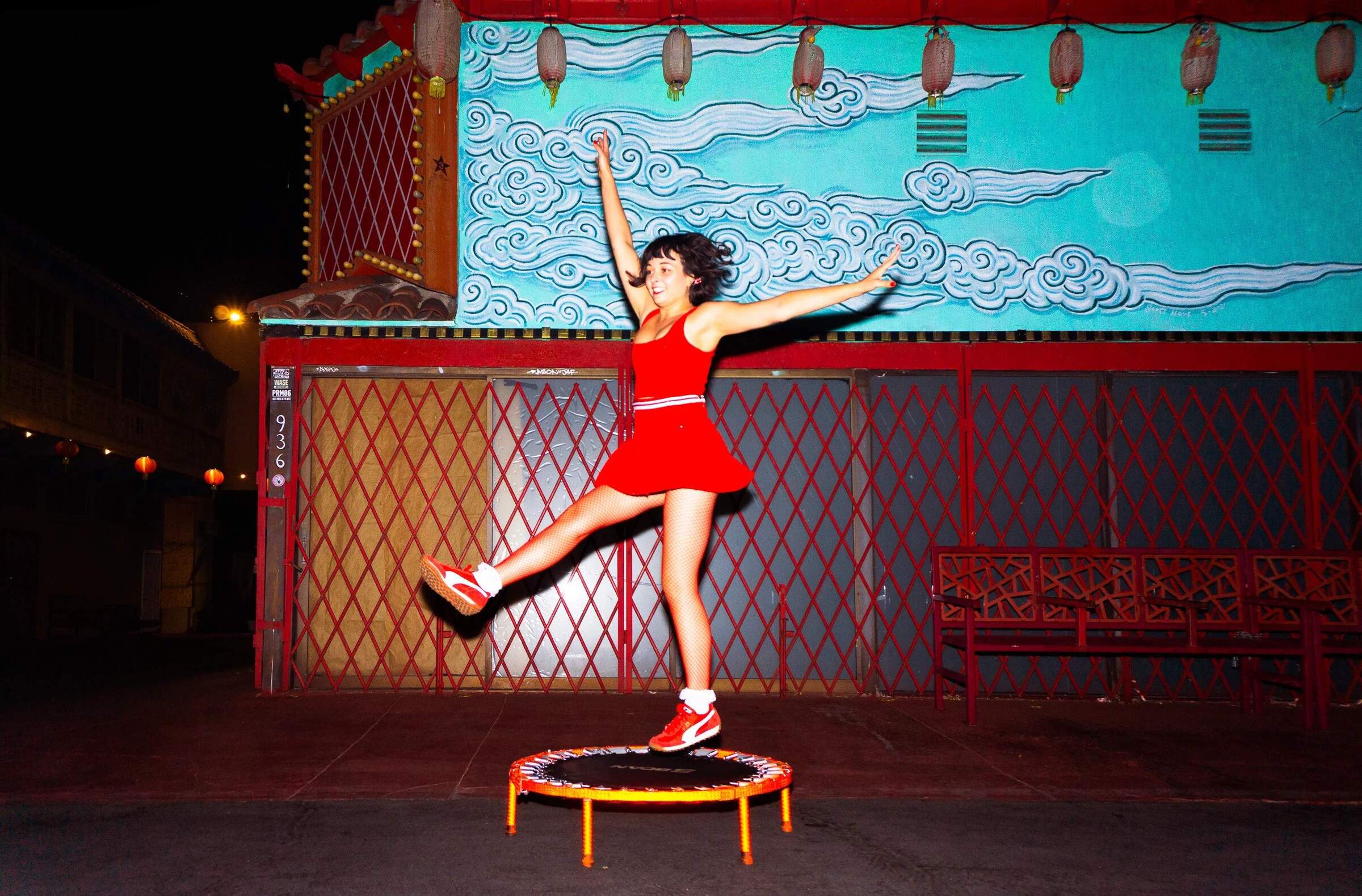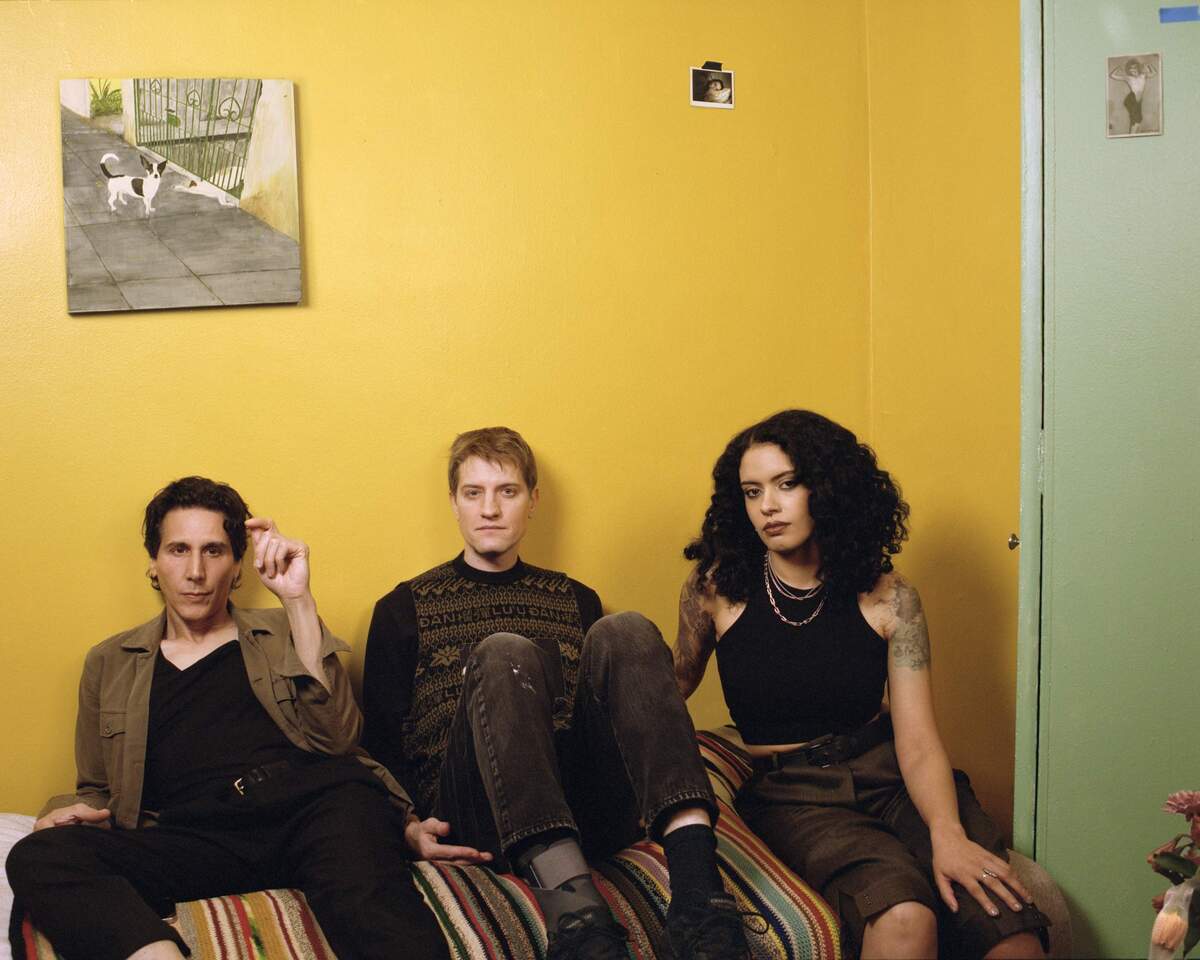Analogy interview with Martin Thurn-Mithoff
Analogy released an album in 1972 on Ventotto Records. It’s one of the rarest psychedelic rock records today. Here’s our interview with Martin Thurn-Mithoff.
What would you say were some of the early influences?
I was born in Siegen (Germany) and, at the age of 8, moved with my family to Bonn, where I lived until I was 18. My father was a judge, my mom a school teacher, and my adolescence was very much characterised by Catholicism as I attended a grammar school run by Redemptorists. In hindsight, this gave me the chance of becoming a rebel of all sorts. My musical background at the time was purely classical as I had learned to play the violin until I was 14. All of a sudden, The Beatles hit my life, and I was so overwhelmed that I stopped violin lessons and vowed never to rely on music teachers and scores again. A friend gave me an old guitar, and I spent the following years listening to all the new bands and trying to copy their guitar work. Of course, this resulted in a very unorthodox technique but gave me my own style. Indeed, I could never work as a session guitarist, but I started writing my own little songs at the age of 16. My favourite bands, apart from the Beatles, were, of course, the Stones, Spencer Davis Group, The Who, Small Faces and, later on, Pink Floyd, who became the love of my life. Still, classical music has never left me, and traces of this love can be found in some of my music.
Were you in any band before forming Yoice/Analogy?
Nothing really to write about. I played a couple of gigs with some friends in Bonn in early 1968 under the name of “The Number Six”. After moving to Varese in 1968, I started a band at the European School (“The Sons of Goive”) with Wolfgang Schoene, which played around locally for about a year. Meanwhile, my girl friend Jutta discovered her love for singing, and we formed a duo called “Jutta & Martin” after the end of the school band. We did quite a number of gigs, recorded a juke-boy cover single (“Here’s to You / Hot Love” – Jutta & Ice) with an Italian band called “Alta Società” and decided that we needed a bigger sound. Her brother Mops had just learned to play the drums to accompany his then best friend Mauro Rattaggi, and we joined forces in early 1970 to form “The Joice”. That’s when it all really started.
Sons of Giove – 1968 – Martin Thurn, Roger Schmitt, Wolfgang Schoene
What was the scene in your town?
Which town? Bonn, Varese, Milan, London, Hamburg? If you mean Varese, it was characterised mainly by “canzoni italiani” but beat music was coming up fast towards the end of the 1960s. Arriving from Germany in 1968, I found the scene a little “outdated”, which was probably an advantage for me because my music was different from what other bands around northern Italy produced at the time.
Formation of Analogy.
Well, I have already answered this question by mentioning “The Joice” (later “Yoice”). Jutta, Mops, Mauro and I had been playing as a quartet between April and September 1970 before Wolfgang Schoene joined us on guitar. It was a period of unrelenting gigging in northern Italy and Switzerland, sometimes twice a day. In June 1971, an Italian keyboarder, Nicola Pankoff, joined us on stage during an open-air concert (he had played with his band before us) while we were improvising on Pink Floyd’s “Atom Heart Mother”. The musical chemistry was so good that Nicola decided to leave his band and join us.
The Joice – 1970 – Mauro Rattaggi, Wolfgang Schoene, Jutta Nienhaus, Mops Nienhaus, Martin Thurn
The Joice – 1970 – Martin Thurn, Mops Nienhaus, Jutta Nienhaus, Mauro Rattaggi
You released a single on Ventotto records. What’s the story behind it?
Very little. I only remember all of us being extremely nervous, and that we basically recorded and mixed these two tracks live in the studio within five hours because money was in short supply.
Why did you change your name to Analogy?
Preparing for the LP on the same label, we came up up with some “weird” music, which our producers didn’t really think they could sell. Since the 45’-single was pretty commercial, we wanted to change our image in line with our musical development, and the name “Yoice” somehow represented our “old” style. So, we took the name of the track we had just written in splendid isolation during a week in a little cottage on a mountain near the Lago Maggiore (full of …) to make a certain cut with the past. Moreover, Mauro Rattaggi, our bass player, had to leave the band to do his compulsory military services and Wolfgang switched from guitar to bass. Our first gig after recording and name change was the Villa Pamphili Festival in Rome in May 1972.
In 1972 you released your LP.
The strongest memory I have was the great displeasure our production/publishing managers had when they listened to the new material. They thought that their investment was going into the same commercial line the 45’-single had, but all of a sudden they were confronted with partly Pink Floydian but anyway noncommercial prog rock stuff (a name that didn’t exist at the time). Again, money was in short supply, and we recorded and mixed the entire album in two days (!).
What gear did you use?
Gibson Les Paul Custom – Vox AC30 – Binson Echo – fuzz box
What can you say about the cover artwork?
Well, anyone following our career might have noticed that the single had a cover similar to the one featured on our LP. Indeed, the photo session took place shortly before the release of the 45’ when we were already “painted” but still clothed. Subsequent photos with us in the nude were made the same day but not used – for moral purposes in Italy in 1971 -, but when the LP was due to be released, the producer decided to be outrageous and use those nudes. However, since Mauro was still there during the photo sessions, he had to be taken out. Given the time (no digital editing), a blue strip was used to conceal him. Again, the cover was against our wish since our keyboarder Nicola was- and still is – a very good painter and had produced a lovely painting somehow similar to the first ELP-album. Management decided against it but had problems with Italian record shops unwilling to put “pornography” into the shop windows. So, a poster (the famous foot) was used to cover the insider cover. It’s interesting that in 2010, our Italian label AMS/BTF re-issued our LP on vinyl with the same poster wrapping.
How many copies were made?
About 1,000, but thanks to our distributors Messagerie Musicali (CBS) they were in almost every Italian record shop, which is why the LP sold out quickly and has become a collectors’ item ever since. No restamps of it at the time because our label stopped operating in 1973. Since then, however, three vinyl re-stamps have been on the market (OHRWASCHL/AKARMA/AMS), produced in Germany and in Italy.
Would you share your insight on the albums’ tracks?
This is extremely difficult and not really what I want to do as music must speak for itself and really consists of what the listener makes of it. Still, I’ll give you some brief annotations.
“Dark Reflections”
Basically a blues I wrote in 1968 deploring my non requited love for a girl from Aix-en-Province. The particularly gloomy mood is due to a very unexpected and unorthodox G-sharp in the second bar of the verse.
“Weeping May Endure”
A song really written by Nicola two days before recording the LP in a church where we rehearsed. A last-minute effort because we needed another song to fill the LP. Last-minute lyrics were “stolen” from Milton (18th C) because Jutta was anyway “travelling” on her own.
“Indian Meditation”
A track that we had been playing as “Yoice” for many months live because we were very much into… It also represented our earliest “progrock” experience.
“Tin’s Song”
In the summer of 1971, a guy from Venezuela called “TIN” somehow spent a couple of weeks with us in Laveno (Lago Maggiore) where we lived. He had that South-American touch to his – slightly limited – guitar playing and he played that riff many times a night. I asked him if I could use that riff for the recording and I turned it into what you can hear on our LP.
“Analogy”
This is THE TRACK. I have already told you how it came about. Sheer improvisation Pink-Floydian style, but I remember one evening on top of the mountain when we rehearsed outside (it was hot) and, all of a sudden, a gang of hikers (about 20 of them) assembled on a nearby hill listening to us improvise during sunset. When we finished, there was total silence for a minute before they erupted into applause. That was the moment we knew what musical direction to take.
“The Year’s at the Spring”
A little beat song, reminiscent of my/our love for the music of the 1960s. Again, lyrics taken from the great English lyricist Robert Browning, but commenting on the 19th C poem in a slightly sarcastic way (“Do, do, do,do, do you really think so”)
“Pan-Am Flight”
A progrock blues song – do you notice the reference to Vivaldi (see above for my love of classical music)?
Analogy – 1972
How about concerts?
We did so many gigs that it would be impossible to mention them all. Please refer to our website (www.analogy.it) where every gig is listed.
Analogy – 1972 Limbiate – Wolfgang, Martin, Nicola, Mops
Yoice – 1974 – Soriasco – Jutta, Mops, Martin
Analogy – 1972 Genova – Meeting Pop
I bet you have some interesting stories to share?
Yes, but allow us to keep them for ourselves as they may have some kind of X-rating. I do, however, remember the opening of our gig at the Villa Pamphili Festival in Rome in May 1972. 30,000 people in the audience, live radio coverage (RAI) and we would normally start the concert with a big bang. We did, but my guitar wasn’t there. We had to stop and call a technician, who came up to me reminding me that I would have to plug in my guitar before playing. Extremely embarrassing, but it turned out to be a great gig.
What happened next?
Nicola left the band in the autumn of 1972 (no money) and Rocco Abate, a classical flute player (Orchestra della Scala di Milano) joined us. We played new material (The Suite – a combination of Renaissance music and rock), toured Italy playing many famous festivals but finally decided to call it a day after our last concert in Aosta in November 1973 as our record company had ceased to exist and the other labels, although being highly interested – never got to financing our musical adventures as they were considered to have little commercial potential. We embarked on a couple of projects, traces of which can be heard on our album “25 Years Later” (e.g. “Arianna e Teseo” etc), joined the Collettivo Teatrale La Commune di Dario Fo, touring with them for about six months, had a couple of major gigs again as “Jutta & Martin” and finally decided to leave Italy for London, where we founded a pretty successful NEW-Wave band called Earthbound. However, allow me to refer you to our website, which contains all details.
Jutta & Martin – 1975 London
You released two more albums. The Suite is really interesting.
This is indeed a point which makes me feel a little uneasy occasionally. Everybody is “glued” on our first LP. I think that the second effort, THE SUITE, is musically much more interesting, and even the third release, “25 Years Later”, although lacking a bit in the original spirit, has some gems on it.
What currently occupies your life?
Music has never left me although I have become a university lecturer for English politics and economics to support my family. My son Nikolai has turned out to love music and was on stage with Analogy during our performance in 2010 on the occasion of the presentation of our three-CD boxset “ANALOGY/EARTHBOUND – THE COMPLETE WORKS” (AMS/BTF). I have just returned from Milan, where ANALOGY/EARTHBOUND spent five days rehearsing (including an improvised gig at the Zerbo festival) with a new keyboarder, Roberto Carlotto (a.k.a. Hunka Munka) to prepare for a reunion in 2012. The first concerts have already been signed, e.g. 25 May 2012 at the BLOOM di Mezzago (Milan). Shortly before the tour, a DVD, containing old and new videos, will be released, and the tour will be recorded for a live album (vinyl and CD) on AMS/BTF Records.
Not really, having said enough for anyone to digest. Again, our website is a beautiful and comprehensive source of information, and current issues are discussed on our Analogy facebook group. But allow me to add that we are extremely grateful for the fact that we haven’t been forgotten 40 years after our first 45’-release. I would have never dreamed that this might be possible back in 1969! Thanks to all lovers of hand-made music. Love, Martin
– Klemen Breznikar
© Copyright http://www.psychedelicbabymag.com/2011
© Copyright http://www.psychedelicbabymag.com/2011
Array

















Good to hear from Martin. I was a big fan during their London "Earthbound" days and went to several gigs. Still got the EP they issued and also bought his black Les Paul Custom which I still enjoy playing. TimR
Analogy kicks @$$ and Jutta will you marry meeeeeee!!!!?!?!
Seriously, thank you for this insane musical ride, the world needs more of them and that's why they're never forgotten. Prost!
Excellent Martin !
http://lillustrationmusicale.blogspot.com/2011/04/analogy-martin-thurn-mithoff-interview.html